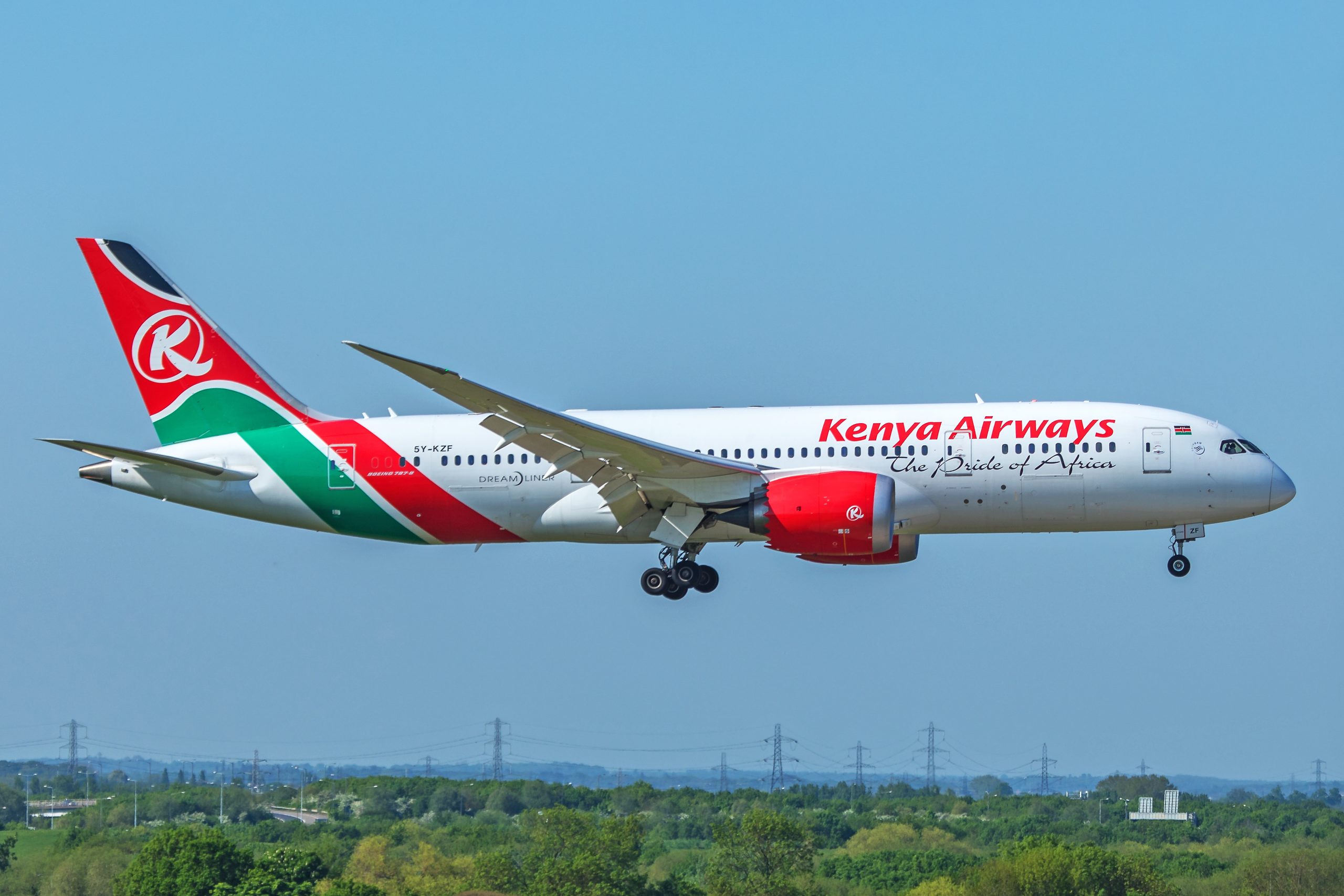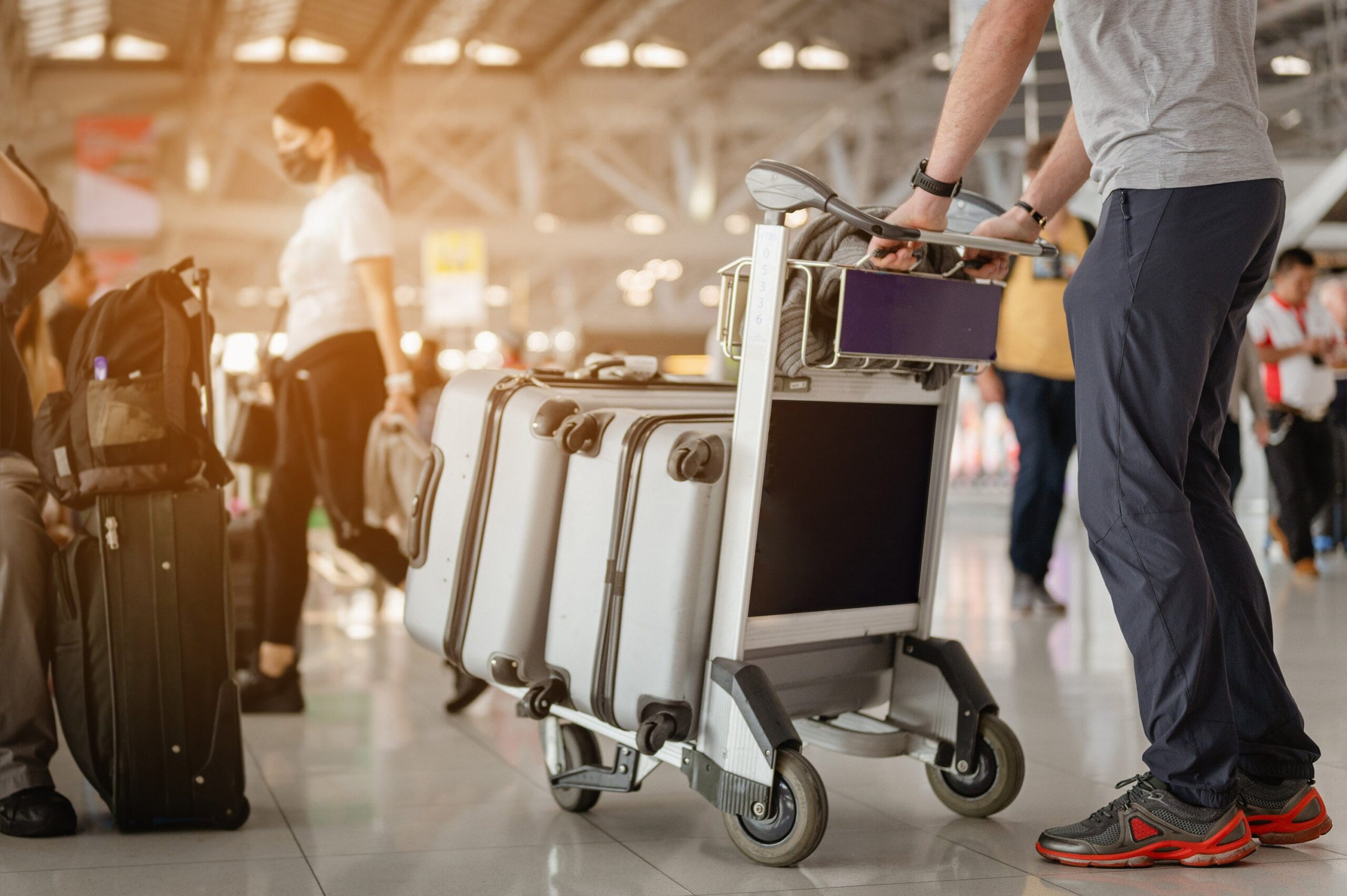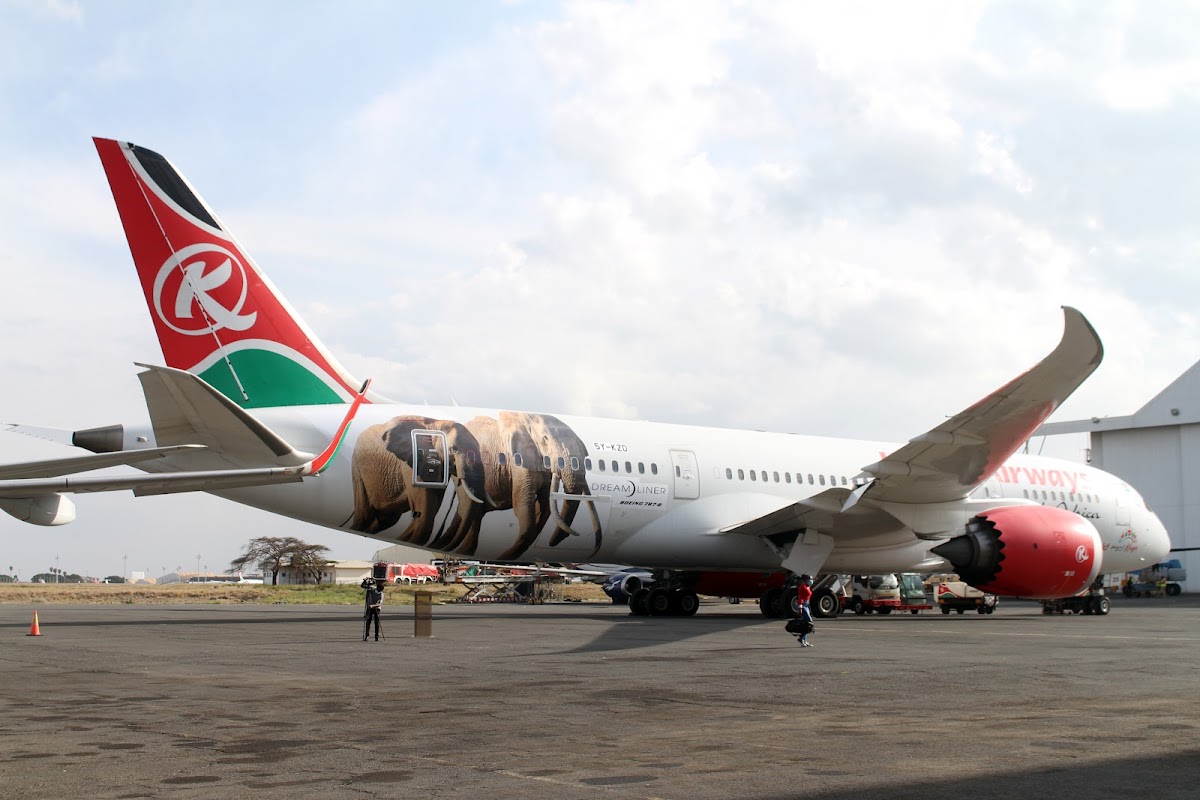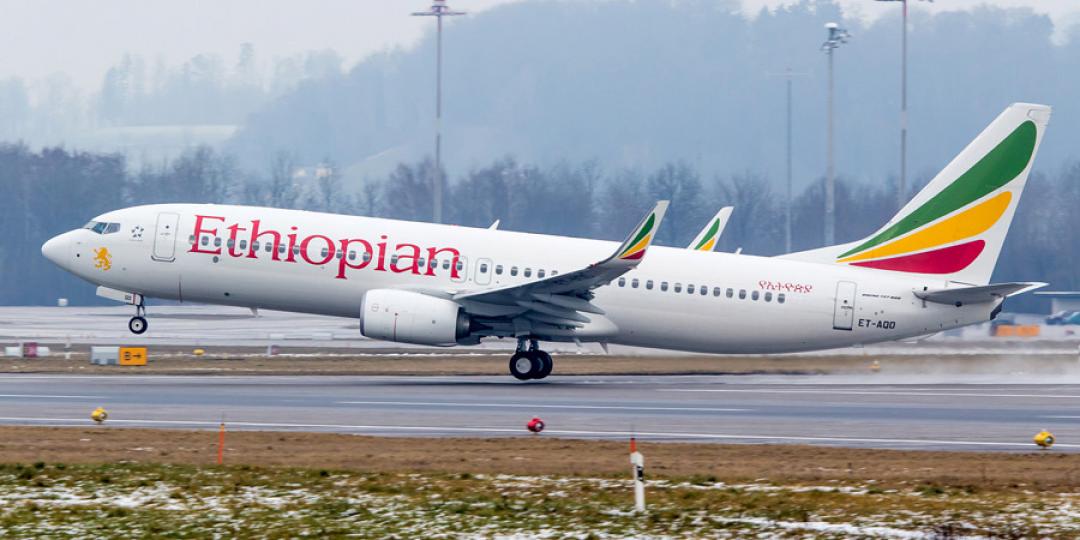Another day — another border reopens.
In the past two weeks, a slew of countries announced plans to reopen or relax border restrictions. These include places that have maintained some of the strictest pandemic-related border controls in the world.
The announcements come on the heels of a record-setting period of global infections. According to the World Health Organization, Covid-19 cases hit a new peak worldwide in late January, with more than 4 million cases registered in a single day.
However, many countries are signaling that they can’t economically afford — or are no longer willing — to stay closed.
The pervasiveness of the omicron variant, which started spreading in countries — both open and closed — late last year, led people to question the utility of locked border policies.
In addition, more than half (54%) of the world’s population is now vaccinated, according to Our World in Data. Medical treatments can successfully thwart and treat severe infections. And, many experts are now “cautiously optimistic” — as top American medical advisor Dr. Anthony Fauci has stated — that a new phase of the pandemic may be within reach.
Australia
Arguably the biggest announcement of the past week came Monday, when Australia declared plans to reopen to vaccinated travelers from Feb. 21.
The news signaled the end to “Fortress Australia,” a moniker applied to the country’s controversial closed border policy that locked out foreigners and citizens alike.
The economic toll of Australia’s insular border policy was highlighted in January, when soon after backpackers were granted permission to enter, Prime Minister Scott Morrison pledged to refund some $350 in visa fees to those who moved swiftly. As it turned out, the about-face toward “working holiday maker” visa holders was part of an effort to reduce severe labor shortages.
Darryl Newby, co-founder of the Melbourne-based travel company Welcome to Travel, said the pandemic “not only affected the travel sector but every single industry” in Australia.
Pressure mounted when Covid infections skyrocketed in December, leaving an open question as to the purpose of keeping vaccinated and tested travelers locked out.
“Negative sentiment,” which began showing up in market research, may have been another factor, according to The Sydney Morning Herald. The article quoted Tourism Australia Managing Director Phillipa Harrison as saying the country went from being “envied” to “ridiculed” over its border policies, with some fearing lasting damage to Australia’s touristic appeal.
The state of Western Australia, home to Perth, is not reopening to either foreigners or Australian tourists yet. It scrapped plans to reopen amid a rise in Covid cases in January.
New Zealand
Another so-called “fortress” announced plans to welcome back vaccinated international visitors.
Unlike Australia, New Zealand last week outlined a five-step phased reopening plan that won’t allow international travelers to enter until July, at the earliest. Vaccinated travelers must also self-isolate for 10 days upon arrival.
With some exceptions, the plan first welcomes citizens and residents to enter later this month, if they are traveling from Australia. Citizens and residents coming from other places, plus eligible workers, can enter in mid-March, followed by some visa holders and students in mid-April.
Vaccinated travelers from Australia and those from countries who don’t need visas — including those from Canada, the United States, Mexico, the United Kingdom, France, Germany, Israel, Chile, Singapore and the United Arab Emirates — can enter from July. Others will be allowed to visit starting in October.
Philippines
After closing its borders in March 2020, the Philippines announced plans to reopen today to vaccinated travelers from more than 150 countries and territories.
The country suspended its color-coded country classification program in favor of opening to vaccinated travelers who test negative via a PCR test. Facility-based quarantines were also replaced with a requirement to self-monitor for seven days.
Covid cases in the Philippines peaked last month, with more than 300,000 daily cases at one point. Cases dropped as quickly as they rose, with 3,543 confirmed cases in the past 24 hours as at Feb. 10, according to the WHO.
Despite the surge, the Philippines’ Department of Tourism indicated the decision to reopen was related to economic hardship and, possibly, to match the policies of other Southeast Asian countries.
“The Department sees this as a welcome development that will contribute significantly to job restoration … and in the reopening of businesses that have earlier shut down during the pandemic,″ said Tourism Secretary Berna Romulo-Puyat in an article on the department’s website. “We are confident that we will be able to keep pace with our ASEAN neighbors who have already made similar strides to reopen to foreign tourists.”
Bali
Despite rising infections, Bali, Indonesia, opened to vaccinated international travelers last week.
“It is known that currently the positivity rate is already above the WHO standard of 5% … the number of people who are checked and tested on a daily basis has also increased significantly,” according to a news release published on Jan. 31 on the country’s Coordinating Ministry for Maritime and Investment Affairs office.
Yet the decision to reopen to international travelers — which has been postponed in the past — was made to “re-invigorate Bali’s economy,” according to the website.
Travelers face a five-day quarantine requirement, though they can isolate in one of 66 hotels, which include many of the island’s well-known luxurious resorts, such as The Mulia Resort and Villa and The St. Regis Bali Resort.
Bali, however, isn’t reopening to foreign tourists for the first time. It opened last October to travelers from 19 countries. Yet few people turned up due, in part, to a lack of international flights and the island’s stringent entrance requirements.
Malaysia
Malaysia’s National Recovery Council on Tuesday recommended that the country reopen to international travelers as early as March 1, according to Reuters.
Travelers are not expected to have to quarantine on arrival, similar to tourism policies enacted by Thailand and Singapore.
Nearly 98% of Malaysia’s adult population is vaccinated, according to the country’s Ministry of Health, with more than two-thirds using vaccines produced by Pfizer or AstraZeneca, and one-third on the Chinese-made Sinovac vaccine.
Malaysia may be on its way toward an omicron-induced case peak. A steep uptick in daily cases began two weeks ago and has yet to decline.
Relaxing travel restrictions
Countries that are already open to international travelers are moving to further relax entrance requirements.
Though Europe is the regional leader in new Covid cases according to the WHO, countries such as Greece, France, Portugal, Sweden and Norway have announced plans to drop incoming test requirements for vaccinated travelers — though some apply only to EU residents.
Last week, the islands of Puerto Rico and Aruba enacted similar measures.
Other places are moving in the opposite direction. After shuttering bars and banning some incoming flights in late January, Hong Kong this week imposed new restrictions, including limiting public gatherings to two people. The restrictions are causing citywide food shortages, inflated prices and a rising public anger, according to The Guardian.
China also reinstituted strict measures ahead of the Winter Olympic Games, with lockdowns affecting some 20 million people in January, according to the Associated Press.
Though both relaxed border restrictions, the Philippines and Bali also announced heightened local restrictions this year.
Source: CNBC Travel










